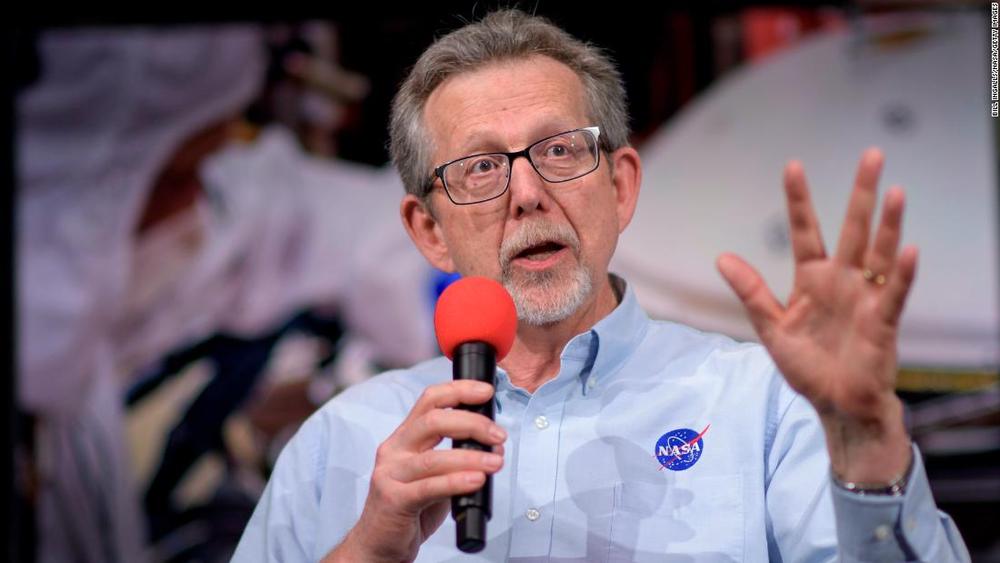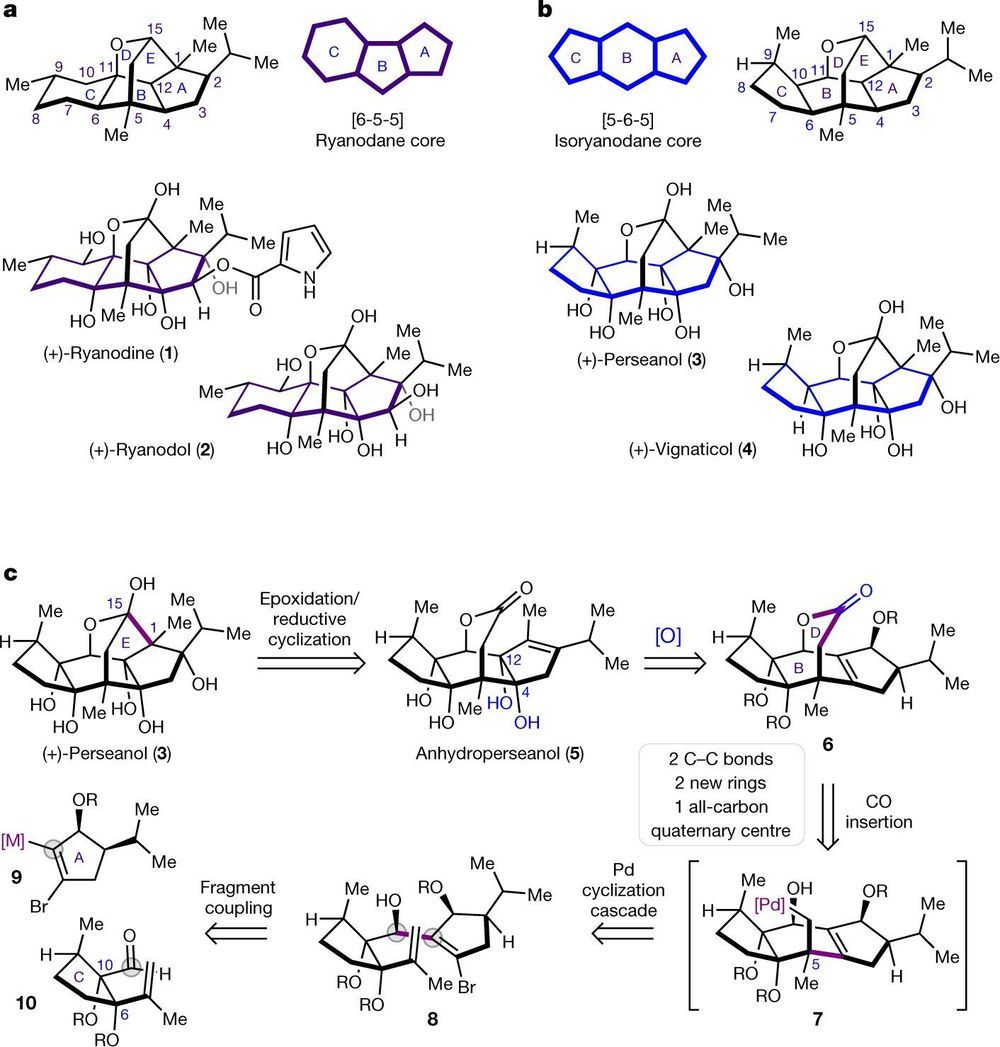Page 8303
Oct 2, 2019
Making the rules in space: When does careful become crushing?
Posted by Genevieve Klien in categories: engineering, government, space travel
Other approaches to space involve moving some or all the engineering activities out of government into the private sector, in the hopes that the private sector will be able to produce otherwise unavailable efficiencies. This sounds good in practice, but we must recognize that shifting some management responsibilities does not alleviate the government responsibility to regulate and look out after the public good.
But imprudent regulation impairs private sector efforts, simply because they may have a harder time getting relief from government rules than, let’s say, the DoD might. Unnecessarily stringent rules, requirements, and regulations discourage success. The precautionary principle has its appeal, but when the underlying activity itself is relatively new and uncertain, precautionary restrictions quickly turn into outright prohibition. Any arbitrary prohibition limits the diversity of our national spaceflight portfolio.
It may seem that this or that actor might benefit from favoritism, permissive oversight, or other unfair advantages. But while everybody trying to do something new in space benefits from distinct benefits and advantages, they also face unique obstacles and difficulties.
Oct 2, 2019
DNA Nanomachines Are Opening Medicine to the World of Physics
Posted by Klaus Baldauf in categories: biotech/medical, chemistry, nanotechnology, robotics/AI
When I imagine the inner workings of a robot, I think hard, cold mechanics running on physics: shafts, wheels, gears. Human bodies, in contrast, are more of a contained molecular soup operating on the principles of biochemistry.
Yet similar to robots, our cells are also attuned to mechanical forces—just at a much smaller scale. Tiny pushes and pulls, for example, can urge stem cells to continue dividing, or nudge them into maturity to replace broken tissues. Chemistry isn’t king when it comes to governing our bodies; physical forces are similarly powerful. The problem is how to tap into them.
In a new perspectives article in Science, Dr. Khalid Salaita and graduate student Aaron Blanchard from Emory University in Atlanta point to DNA as the solution. The team painted a futuristic picture of DNA mechanotechnology, in which we use DNA machines to control our biology. Rather than a toxic chemotherapy drip, for example, a cancer patient may one day be injected with DNA nanodevices that help their immune cells better grab onto—and snuff out—cancerous ones.
Oct 2, 2019
The U.S. Air Force Plans to ‘Grow’ Runways with Bacteria
Posted by Klaus Baldauf in category: military
Project Medusa plans to use biomanufacturing to grow military-grade runways using nothing more than dirt and microorganisms.
Oct 2, 2019
When — or if — NASA finds life on Mars, the world may not be ready for the discovery, the agency chief says
Posted by Alberto Lao in category: alien life
NASA’s next mission to Mars will be its most advanced yet. But if scientists discover there was once life — or there is life — on the Red Planet, will the public be able to handle such an extraterrestrial concept?
NASA chief scientist Jim Green doesn’t think so.
“It will be revolutionary,” Green told the Telegraph. “It will start a whole new line of thinking. I don’t think we’re prepared for the results. We’re not.”
Oct 2, 2019
Atom-by-atom experiments at the edge of the periodic table
Posted by Genevieve Klien in categories: chemistry, particle physics
Investigating the heaviest elements known is rewriting our knowledge of chemistry and may even mean the end of the periodic table itself, writes Kit Chapman.
In 2018, Peter Schwerdtfeger published a paper that turned chemistry on its head. According to calculations he and his colleagues performed, oganesson – element 118, the heaviest known – was not a noble gas as you would expect from its position in the periodic table, but a highly reactive solid. Even stranger, it didn’t seem to have electron shells.1
‘Well, that statement is oversimplified,’ says Schwerdtfeger, a theoretical chemist at Massey University in New Zealand. ‘You can still build up the electron densities from orbitals describing individual shells. What happens is that for oganesson the shell structure is barely visible, approaching an electron gas.’
Oct 2, 2019
Squid-inspired robots might have environmental, propulsion applications
Posted by Genevieve Klien in categories: military, physics, robotics/AI
Inspired by the unique and efficient swimming strategy of cephalopods, scientists developed an aquatic robot that mimics their form of propulsion.
These high-speed, squidlike robots are made of smart materials, which make them hard to detect—an advantage that has potential military reconnaissance and scientific applications—while maintaining a low environmental footprint.
Physicists Xiaobo Bi and Qiang Zhu used numerical simulations to illustrate the physical mechanisms and fluid mechanics of a squid’s swimming method, which uses intermittent bursts through pulsed jet propulsion. By using this form of locomotion, the new device can achieve impressive speeds, just like its animal inspiration. Bi and Zhu discuss their work in this week’s Physics of Fluids.
Oct 2, 2019
Mars Is Heaven!
Posted by Genevieve Klien in categories: solar power, space, sustainability
You probably hear a lot of news from NASA’s many amazing Mars missions: the Curiosity rover, InSight, MRO, and more. NASA is good at promoting their stuff of course, but also the images returned from all these missions are truly wonderful.
You may not hear as much from the European Space Agency’s Mars Express mission. Well, you may have heard about the lander Beagle 2: It set down safely on the surface, but two of the four solar panels didn’t deploy, dooming that part of that mission.
Oct 2, 2019
Chemists synthesize perseanol for the first time
Posted by Genevieve Klien in categories: food, sustainability
A team of chemists at California Institute of Technology has totally synthesized perseanol using a 16-step process for the first time. In their paper published in the journal Nature, the group describes their process and how well it worked.
In nature, perseanol is a molecule produced by the persea tree. Shortly after its discovery in the late 1990s, researchers found that the molecule was similar to ryanodine, a once-popular pesticide. They have similar architecture, though perseanol lacks a pyrrole-2-carboxylate ester. Because of the similarities, interest in using perseanol on commercial crops grew. Not much later, a cheaper alternative was found, and the molecule never made it to the farm. But interest in it persists because of its ecofriendly reputation. For that reason, chemists have been working to produce it in the lab—if successful, the results would be both cheaper and more environmentally friendly than products now in use.
The researchers note that ryanodine works as a pesticide by binding to calcium channels in insects’ muscles, paralyzing them. It can paralyze animals, too, but perseanol is believed to be more specific to insects, making it a potentially safer pesticide. The researchers also note that little research has been performed to determine the means by which perseanol kills bugs. That could change however, if interest in using perseanol as a pesticide is rekindled.
Oct 2, 2019
Elon Musk unveils SpaceX Starship which will bring new age of space tourism in SIX months
Posted by Genevieve Klien in categories: Elon Musk, space travel
ELON Musk and his SpaceX team want to get its new rocket, which will one day ferry humans to the Moon, Mars and “beyond” into orbit within just six months.


















